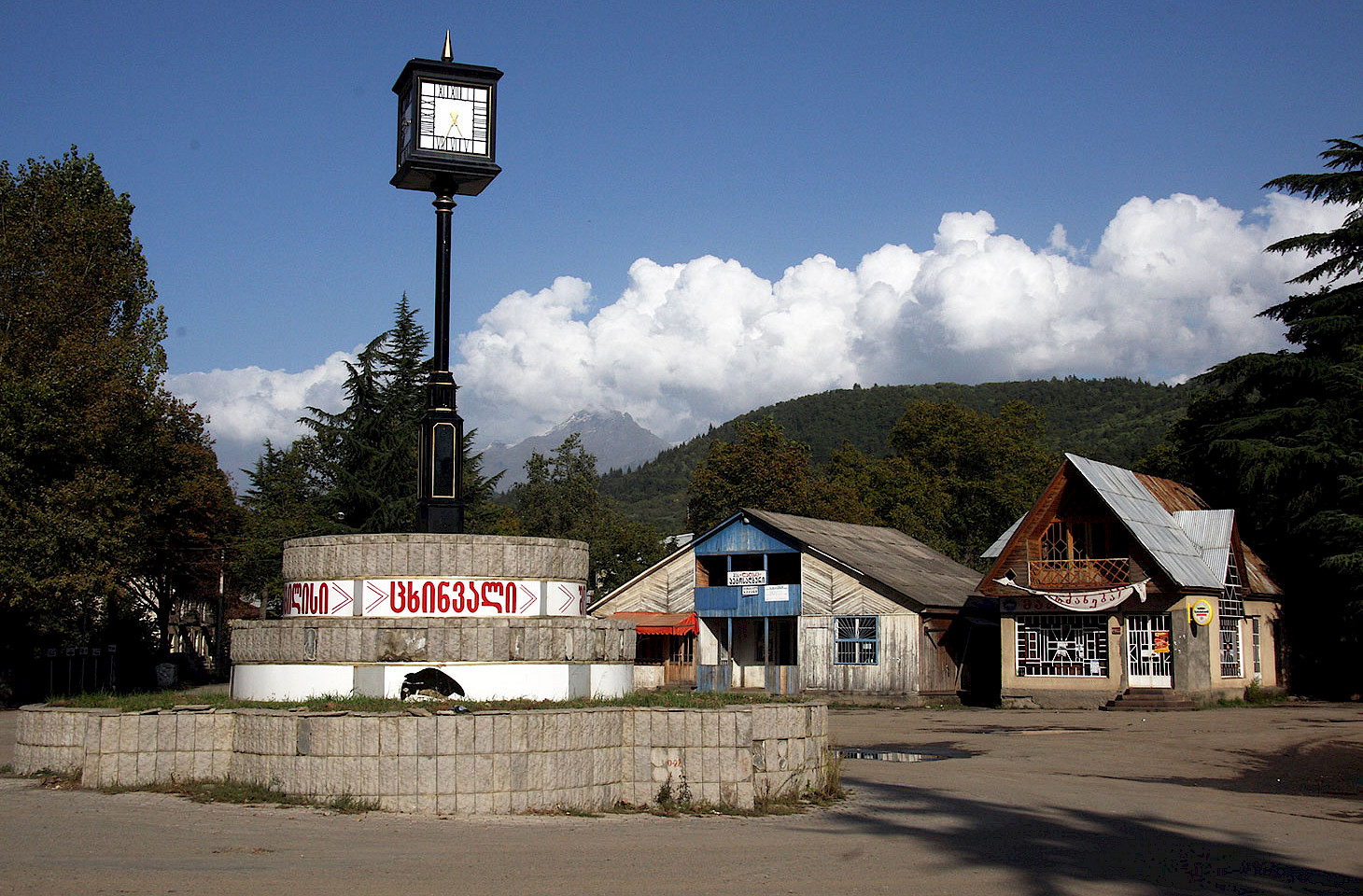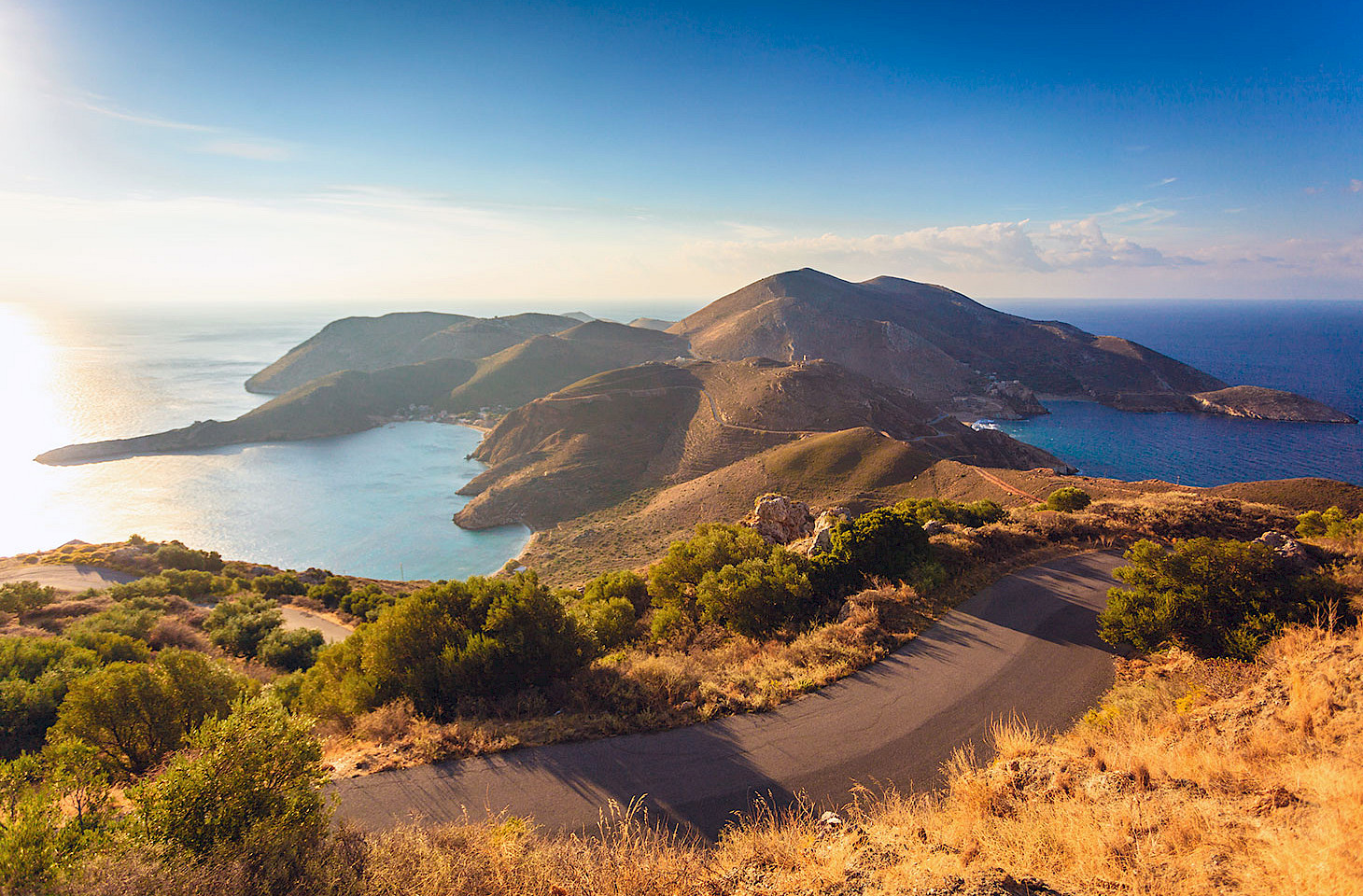Most Alsace wines are varietals. This means that the wine is usually made from a single grape type. In Alsace, the name of the grape usually features prominently in the branding and wine label, setting a precedent which has been widely followed in the New World. There is just one red wine grape found in Alsace; it’s called the Pinot Noir. There are six main white wine grapes grown in Alsace; we list all six below but we also include two other white wine varietals — Chasselas and Auxerrois — which are found less often but warrant a mention as they are both very distinctive. You’ll find a select list of recommended Alsace wines, with affordable examples for each varietal, on our website.
Riesling
Aficionados of German, Austrian or Australian Riesling may disagree, but our view is that in terms of value for money and sheer style, the Riesling wines of Alsace knock spots off the opposition. Expect powerful, dry, age-worthy whites, often characterized by citrus notes and orange zest, a pleasing minerality and refreshing acidity. At their best, Alsace Riesling wines show great finesse. For many devotees of Alsace wines, the Riesling is the king of the region’s grapes.




